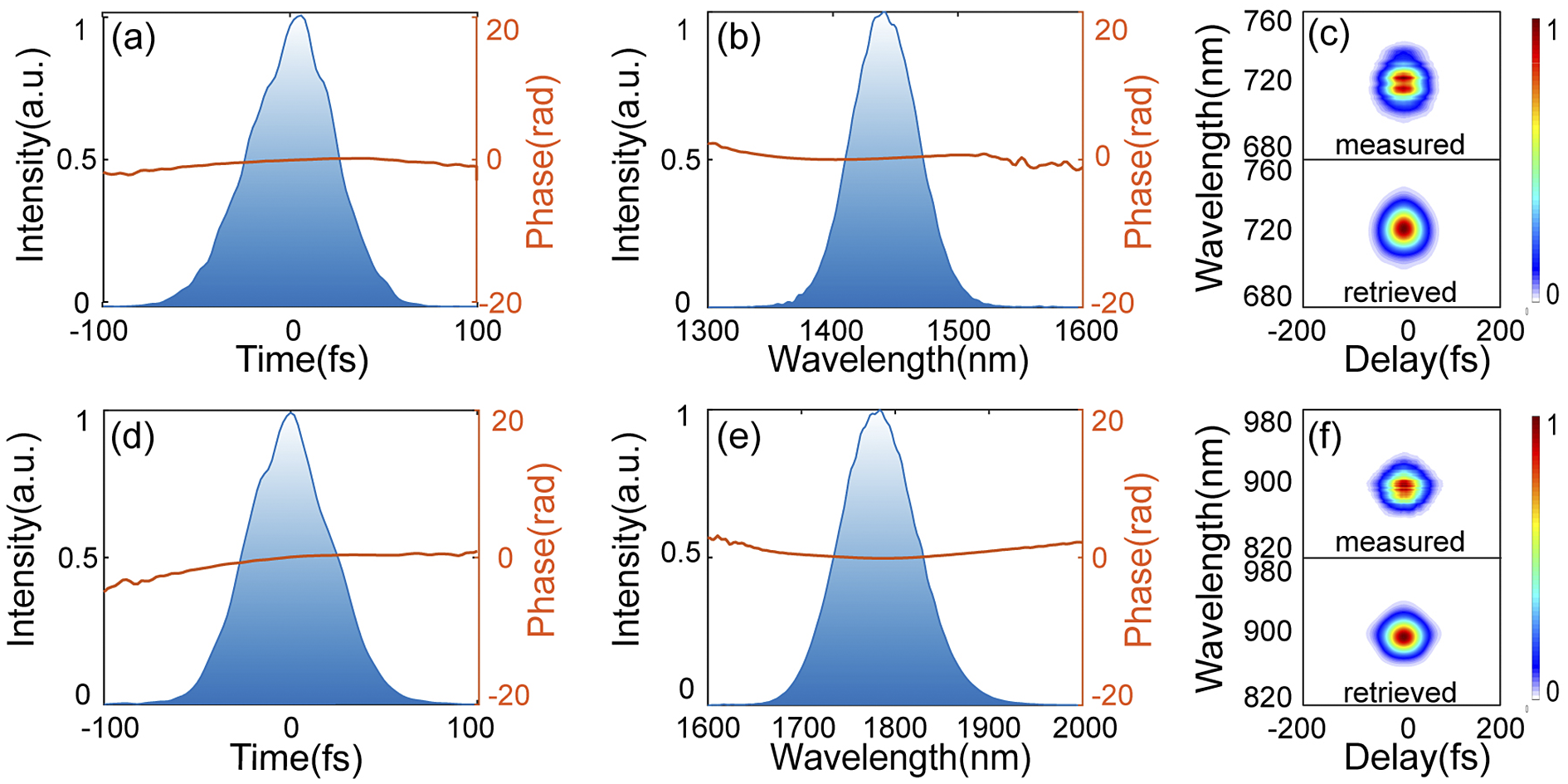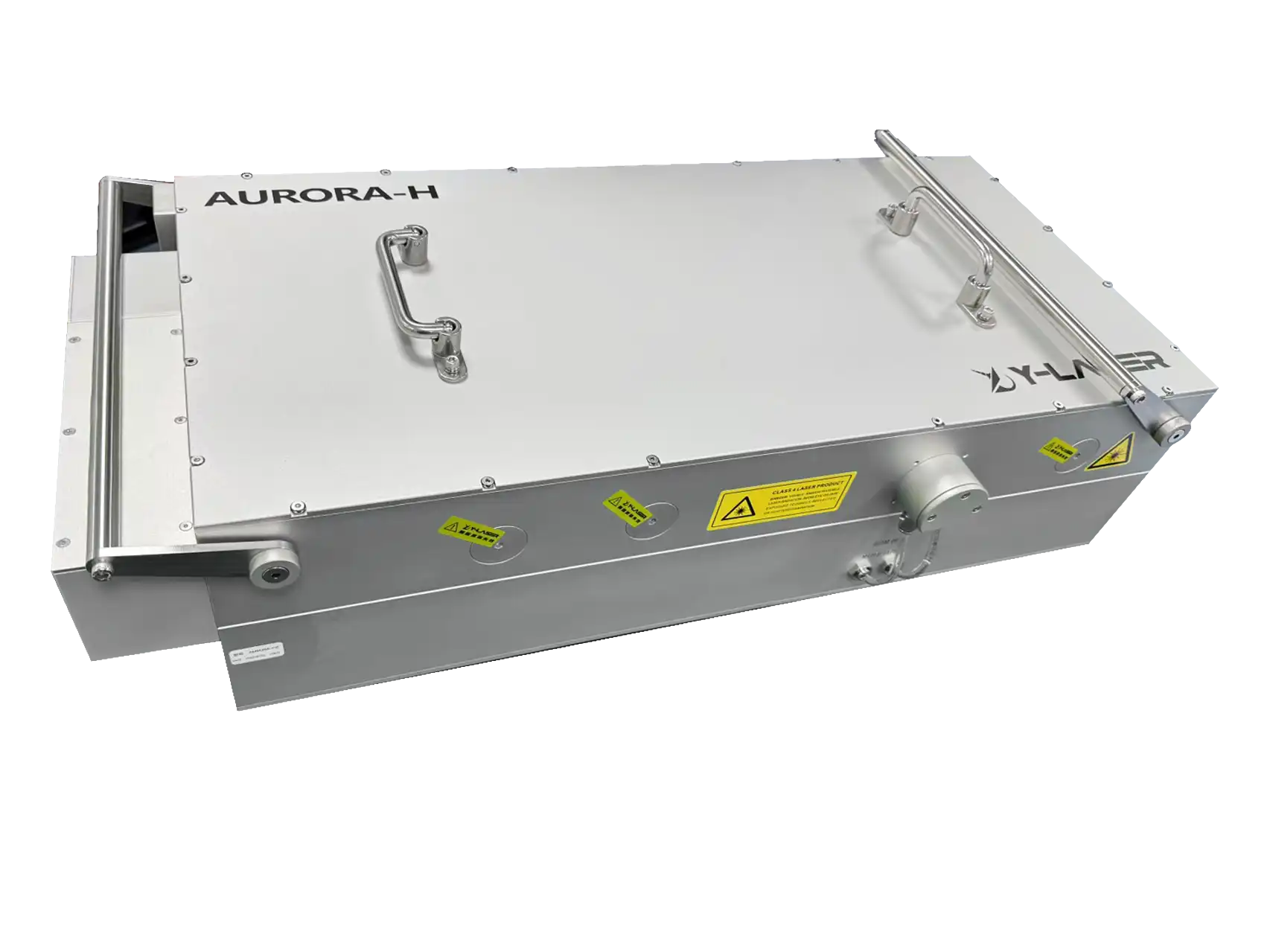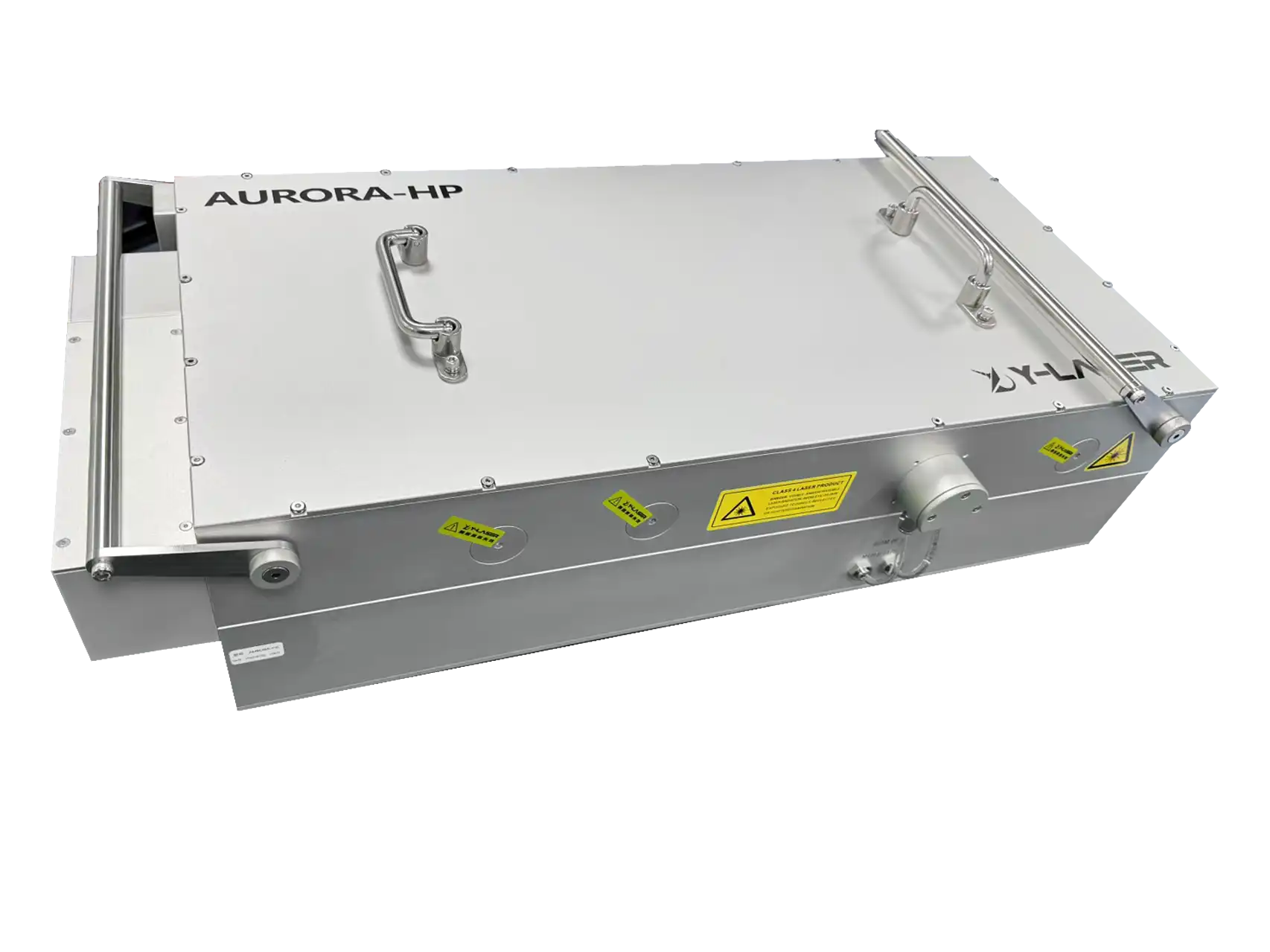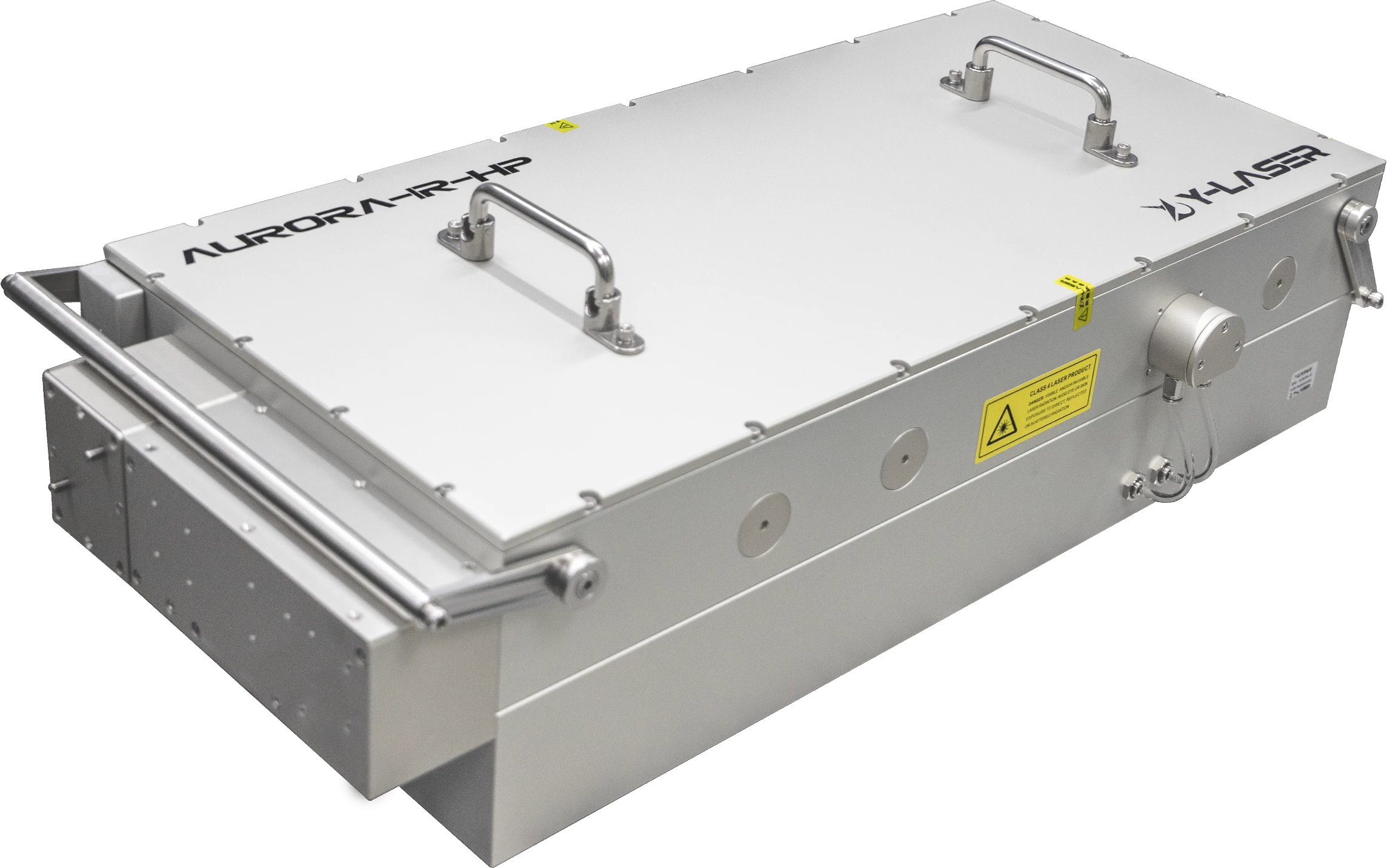Two-Dimensional Infrared Spectroscopy (2D-IR) is a powerful spectroscopic analysis technique that plays an important role in research across chemistry, biology, and materials science. This technique provides deep insights into molecular interactions and dynamic processes by examining the vibrational states of molecules in detail.
The core of 2D-IR spectroscopy lies in applying a series of infrared laser pulses to a sample and measuring its response. These responses reflect the energy transfer between different vibrational energy levels of the molecules. By varying the time delay between the laser pulses, a two-dimensional spectrum can be generated, where one axis represents the excitation frequency and the other represents the detection frequency, thereby revealing the complex interactions and dynamic changes within the molecules.
Figure 4. Temporal and spectral characterization of the output pulse.
In the field of chemistry, 2D-IR spectroscopy can be used to study molecular interactions, the dynamics and mechanisms of chemical reactions, and the structural characteristics of compounds. This information is crucial for understanding the nature of chemical reactions and designing new chemical substances.
In biological applications, 2D-IR spectroscopy is particularly useful for studying the dynamic structural changes of proteins and other biomolecules. For example, it can reveal the process of protein folding, the dynamic behavior of biomolecules under natural conditions, and their functional mechanisms within living organisms.
In materials science, 2D-IR spectroscopy can be used to analyze the molecular composition, electronic structure, and photophysical properties of materials. This is of great significance for developing new functional materials and optimizing the performance of existing materials.
Femtosecond lasers play a key role in 2D-IR spectroscopy. Due to the extremely short duration of femtosecond laser pulses, they can precisely excite specific vibrational states of molecules and capture ultrafast molecular dynamics. This high temporal resolution is critical for understanding fast chemical reactions and biomolecular dynamics.
Furthermore, the tunability of femtosecond lasers provides great flexibility for 2D-IR spectroscopy. The adjustability of pulse width, energy, and wavelength allows femtosecond lasers to be customized for specific molecular vibrations, offering a powerful tool for studying various complex systems.
In summary, 2D-IR spectroscopy combined with femtosecond laser technology provides a precise and powerful method for studying molecular structure and dynamics. As these technologies continue to develop and improve, we can expect them to play an increasingly important role in future scientific research and practical applications.
References:
Renyu Feng et al. "Femtosecond infrared optical vortex lasers based on optical parametric amplification." High Power Laser Science and Engineering, 10 (2022). https://doi.org/10.1017/hpl.2022.20.

 AI Assistant
AI Assistant



